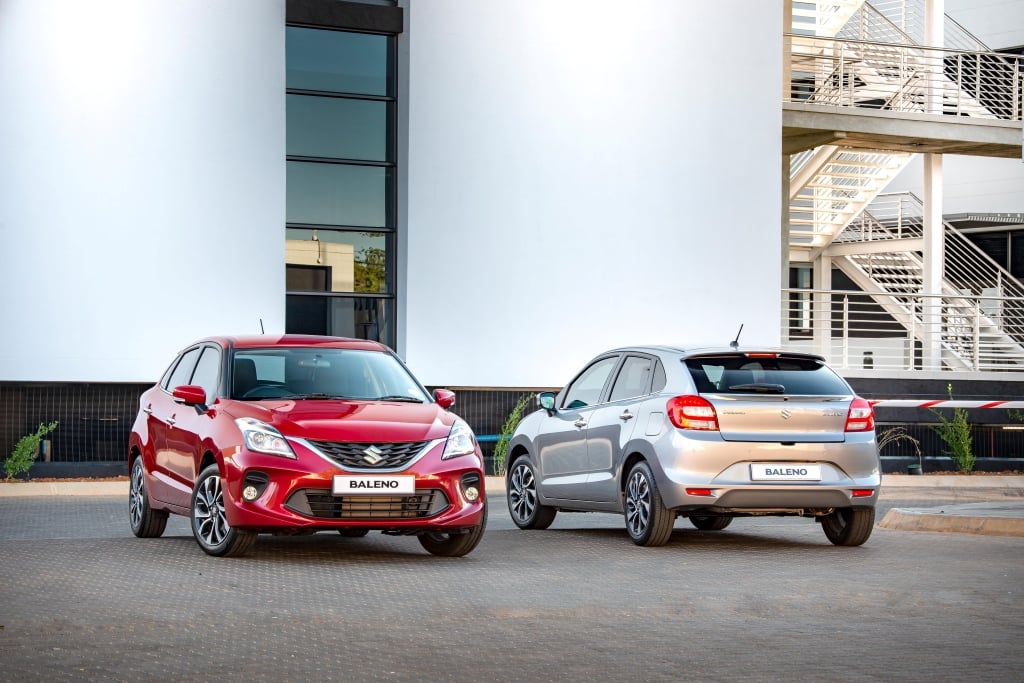
Students usually don’t have huge financial reserves, so student cars need to be affordable to buy and run. This doesn’t mean that style, safety and practicality has to suffer in the process, however, as this selection of well-priced options from CHANGECARS demonstrates.
Introducing STUDENTCARS
CHANGECARS is proud to announce a new initiative, helping bring mobility to a wider and younger audience. STUDENTCARS is a specialised new department, focused on affordable, low-mileage and dependable cars for value-savvy youngsters. There are literally thousands of perfect student cars to pick from, and none of them will break your bank account to own or run. Have a look at all the fun options right here to find the best wheels of your life for the best years of your life.

To find some of the best student cars currently available in South Africa, we looked through the wide variety of options on STUDENTCARS, and set some boundaries regarding price, age, mileage, and minimum safety features. With the typically cash-strapped student’s finances in mind, we focused on the lower end of the price spectrum, so we limited the purchase price to R 200 000.
The need for decent safety equipment is especially pertinent due to our shocking road accident statistics, so any driver aids which could help avert a collision or mitigate injuries would be most welcome. With this in mind, any worthy student car should feature at least two airbags and ABS, with stability control needed to earn extra credit.
Age and mileage are also relevant, because we don’t want the student’s car to spend more time at the workshop than in the varsity parking lot, so we set an age cap of 5 years and a mileage limit of 100 000 km. These parameters should also give some leeway for the student car to continue serving its owner for a few years after qualifying, allowing the new graduate to save up for a decent deposit on their next car.
With these contradictory requirements in mind, we went hunting through the budget-priced options currently on CHANGECARS, and came up with this selection of appealing, dependable, and affordable used student cars.
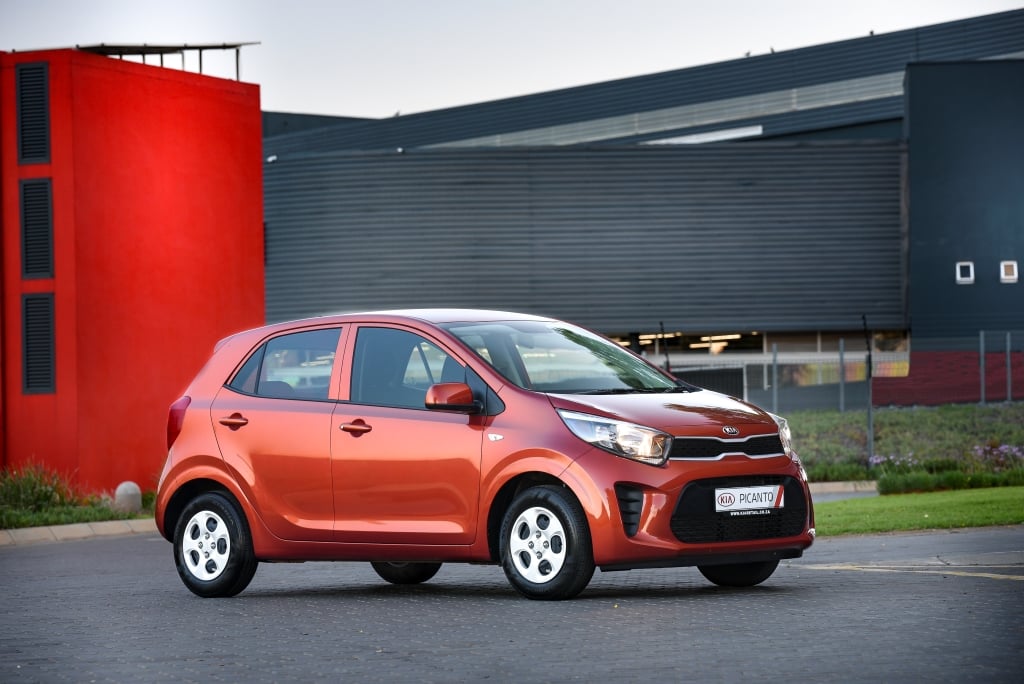
Kia Picanto
There are many reasons to recommend the Picanto for this application, with its small size (which will make it easy to drive and park) and proven reliability being among them. While a brand-new Picanto can be had for only slightly more than our maximum price, there are real bargains to be had when shopping in the used market.
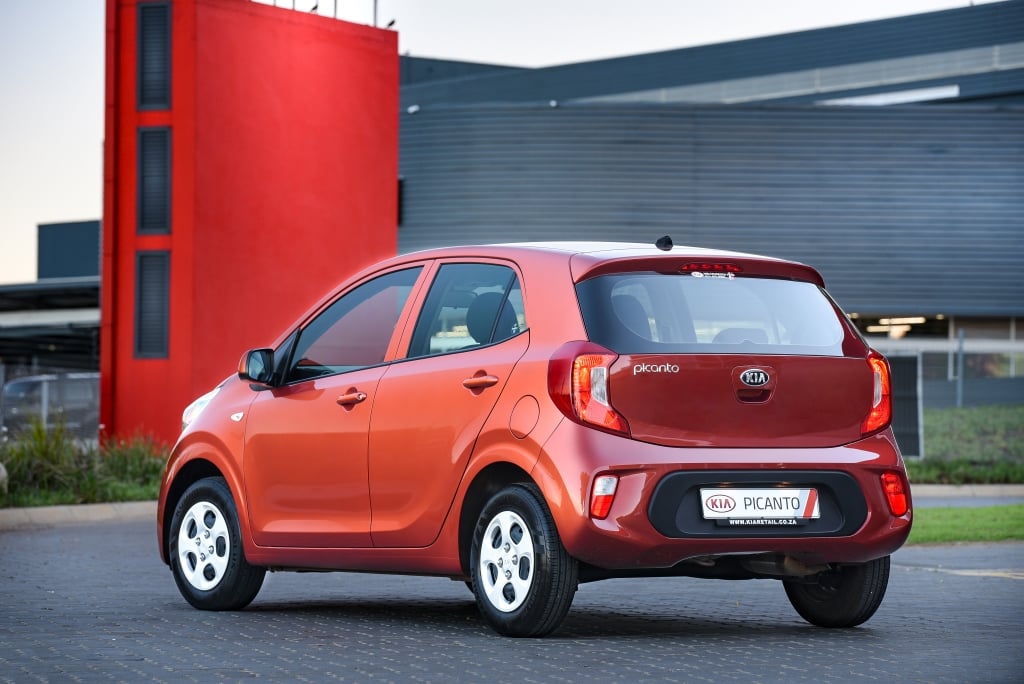
Our choice would be a 1.0 Picanto in “Street” trim, which meets all our minimum requirements, and can be found with less than 30 000 km on the odo around the R 180 000 price point. The 1.0-litre Picanto only has 49 kW and 95 Nm on tap, but because it weighs less than a ton, its performance will be adequate for most students.
It is also very economical to run, thanks to reasonable service costs, cheap insurance, and a claimed average fuel consumption figure of 5.0 litres/100 km. The Street specification is quite nicely appointed, too, and features a 4-speaker audio system with Bluetooth and USB compatibility, electric windows all round, and remote central locking. If your budget can stretch a little further, a Picanto 1.2 X-Line has many big-car features and can be had used from about R 240 000 - find out more in this MotorMatters video review.
Related: Shop for a new or used Kia Picanto in this cute selection on CHANGECARS.
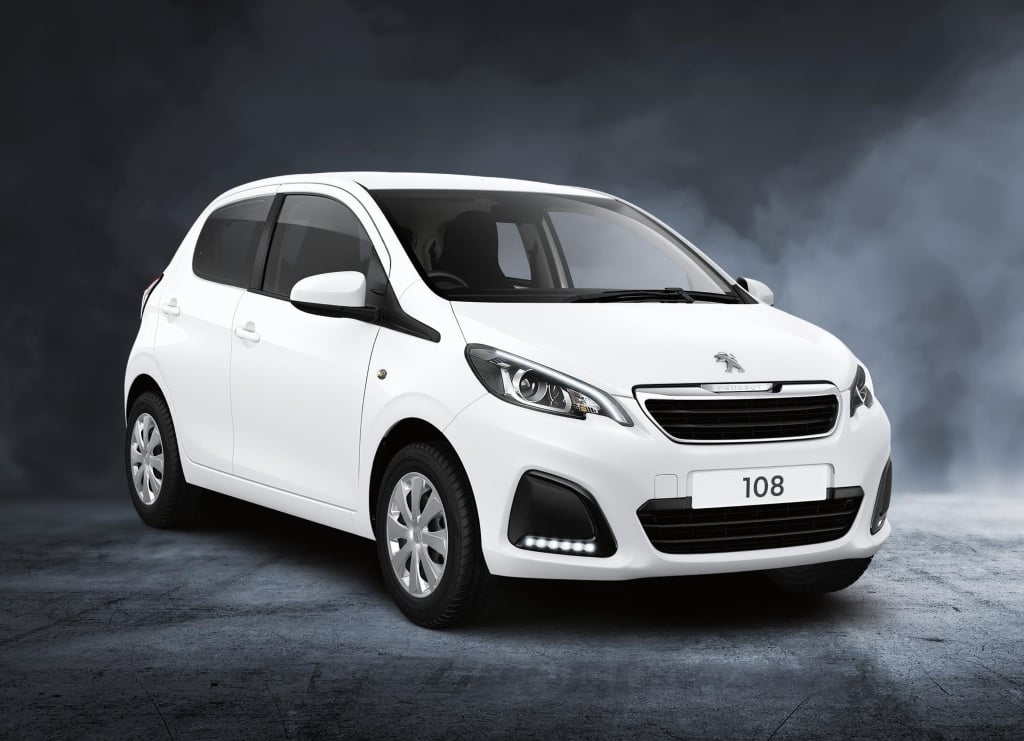
Peugeot 108
Suggesting a strange French minicar for a student may seem foolish, but the Peugeot 108 makes sense on many fronts: a Peugeot only in name and styling, the 108 is really a Toyota Aygo underneath. And, while this model has now been discontinued, it offered the cheapest way to get 6 airbags and stability control when it was new, so it automatically earns its spot on our list.
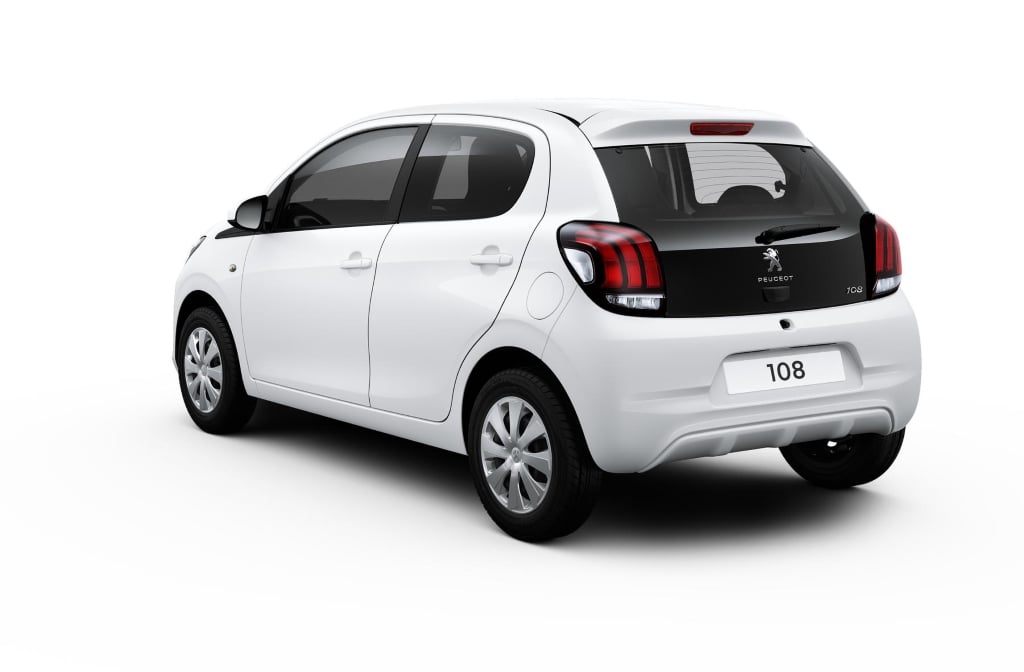
The Toyota running gear means that servicing will be affordable and that reliability will be assured. But, because it doesn’t carry the same theft risk as anything with a Toyota badge, insurance will be very inexpensive. It’s even well-equipped for its size, with electric windows in front and a colour touchscreen infotainment system with smartphone mirroring included in the standard kit list.
Don’t expect a lot of speed, though - the little 1.0-litre engine delivers only 53 kW and 93 Nm, and the engine’s peaky nature means that stirring of the 5-speed manual transmission will be required in a freeway cruise. The compensation for the timid performance is real-world fuel economy of only 5.0 litres/100 km (with a 4.3 litres/100 km claimed average), so low-cost mobility will be a given. Watch Alan from MotorMatters take a Peugeot 108 through its paces in this review.
Related: Shop for a used Peugeot 108 here on CHANGECARS.
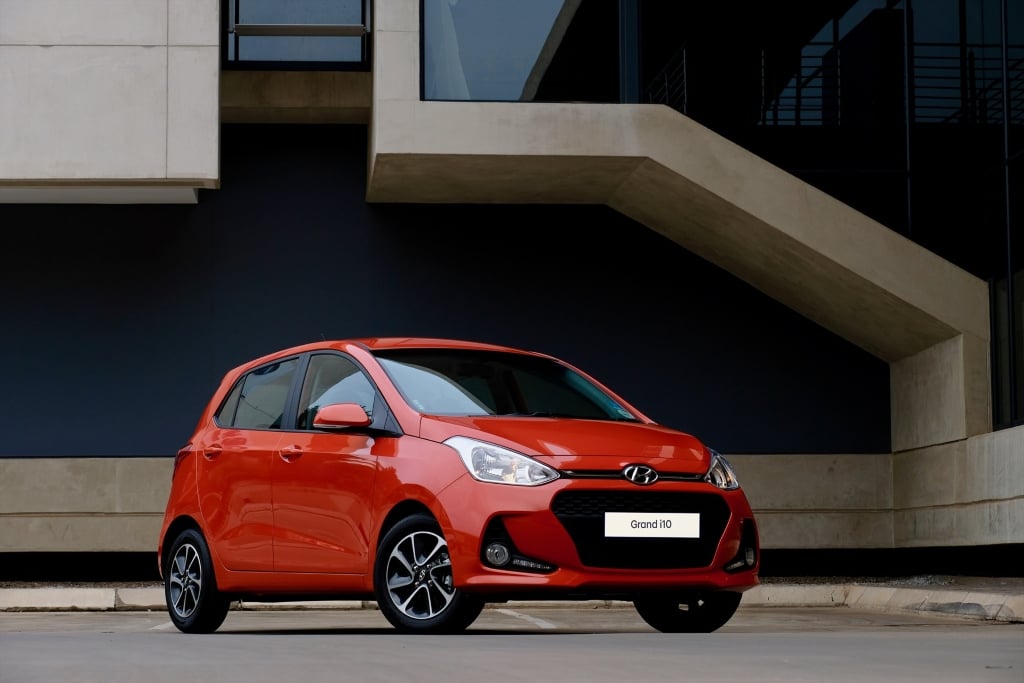
Hyundai Grand i10
Still classed as an A-segment car but slightly larger than most, the first-generation Hyundai Grand i10 offered a winning combination of cabin space, standard features, and an affordable entry price when it was new. A new, second-generation Grand i10 can also be had for only a little more than our maximum price, but the real value will be found in the used market.
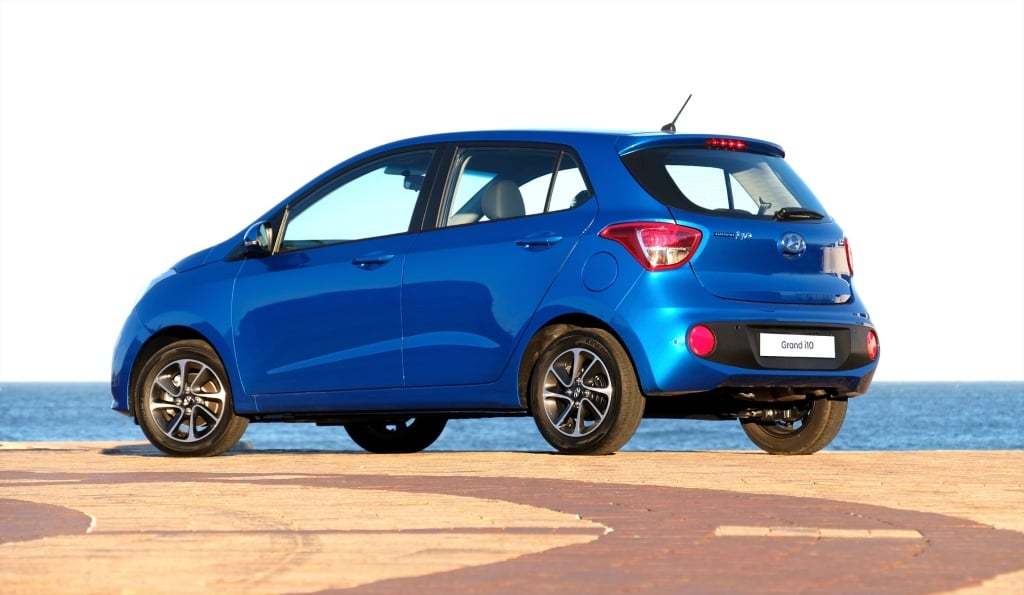
You can get a 2018-2020 Grand i10 1.0 in entry-level “Motion” trim with less than 50 000 km on the clock around the R 170 000 mark, or opt for a second-gen model with the same engine and spec from 2021 or 2022 for less than R 200 000. Click here to hear what Mikey has to say about the new Grand i10 - No spoilers!
Either way, you will find electric windows in front and an audio system with Bluetooth compatibility to keep the tunes pumping. “Fluid” and “Glide” variants added a colour touchscreen to the mix as well, but those are slightly more expensive.
With a 1.0-litre, 3-cylinder engine (shared with the Picanto) serving in the entry-level Grand i10, performance will be mellow, but a claimed average fuel consumption figure of only 5.4 litres/100 km will allow plenty of emotional recovery time between fuel fill-ups.
Related: Get your new or used Hyundai Grand i10 from this wide selection on CHANGECARS.
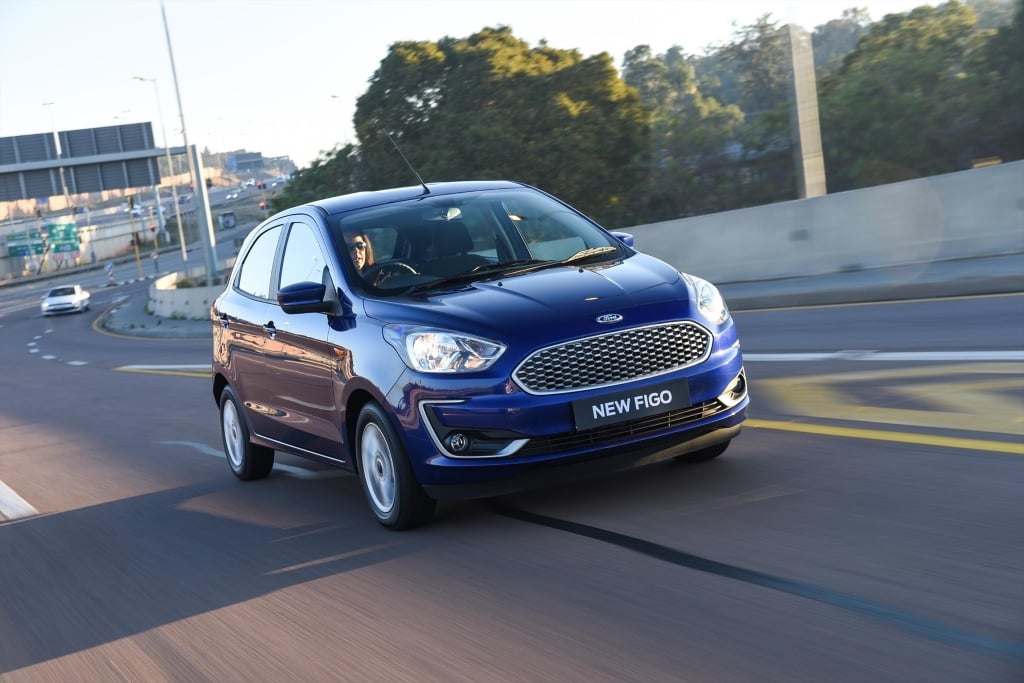
Ford Figo
Although it’s been discontinued for a number of years now, the Ford Figo is as enticing a used-car buy as it was when new. The facelifted versions of the final model (sold from 2018 to 2021) feature a brilliant 1.5-litre 3-cylinder engine with a staunch 88 kW and 150 Nm, giving lots of bang for the buck, while being suitably parsimonious with a claimed average consumption of only 5.7 litres/100 km.
Running costs are another highlight, thanks to cheap insurance (the Figo was never popular with the long-fingered set), sensibly-sized 14-inch tyres, and service- and repair parts prices that reside on the more-affordable side of the industry norm.
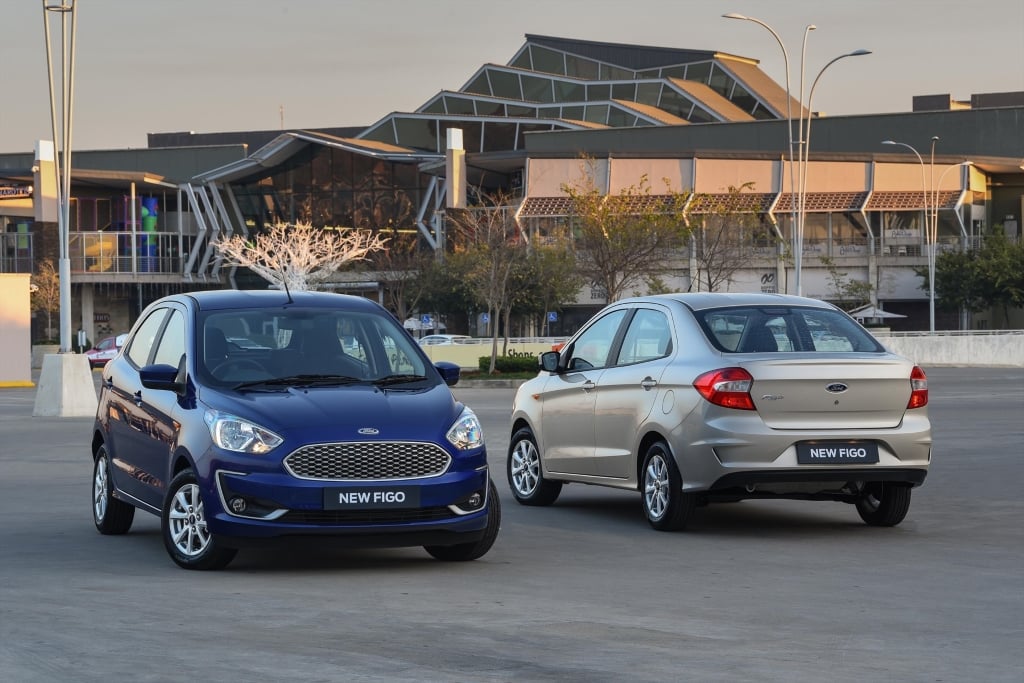
This is undoubtedly the hot-rod in this group, and should be the most suitable for longer journeys as well. Take your pick between 4-door sedan and 5-door hatchback body styles, and get a base-spec Ambiente with 70 000 km for around R 150 000. Electric front windows, power steering, air-con, and a 4-speaker audio system with Bluetooth- and USB compatibility are all standard, so the interior environment should easily pass muster for the modern youngster. Watch this video review of the Ford Figo 1.5 Trend sedan here to see why Alan rates it so highly.
Related: Shop for a used Ford Figo at a price to suit your budget on CHANGECARS.
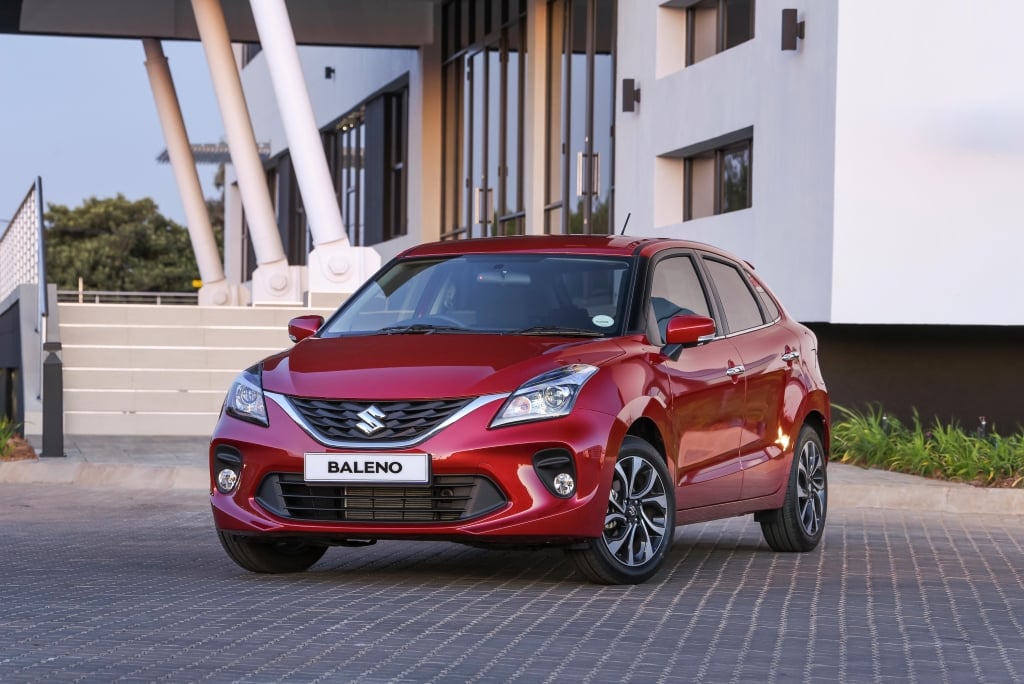
Suzuki Baleno/Toyota Starlet
These Suzuki-built twins are extremely popular in the new-car market, and pose a serious threat to the VW Polo Vivo’s dominance on our sales charts. Fortunately, their prices in the used-car market place them well within reach of value-conscious shoppers as well, making used examples very compelling propositions for those with budgetary constraints.
The current (second) generation Baleno/Starlet only landed in 2022 and are still quite pricey, but the first-generation models have now dropped below the R 200 000 barrier, and offer most of the goodness of the latest versions at a much lower price point. We’d look for a 2019-on Baleno by preference, however, because high-spec GLX variants offer 6 airbags and stability control while staying within our price range. Watch this vintage MotorMatters video review of the first-generation Suzuki Baleno GLX to get more info..
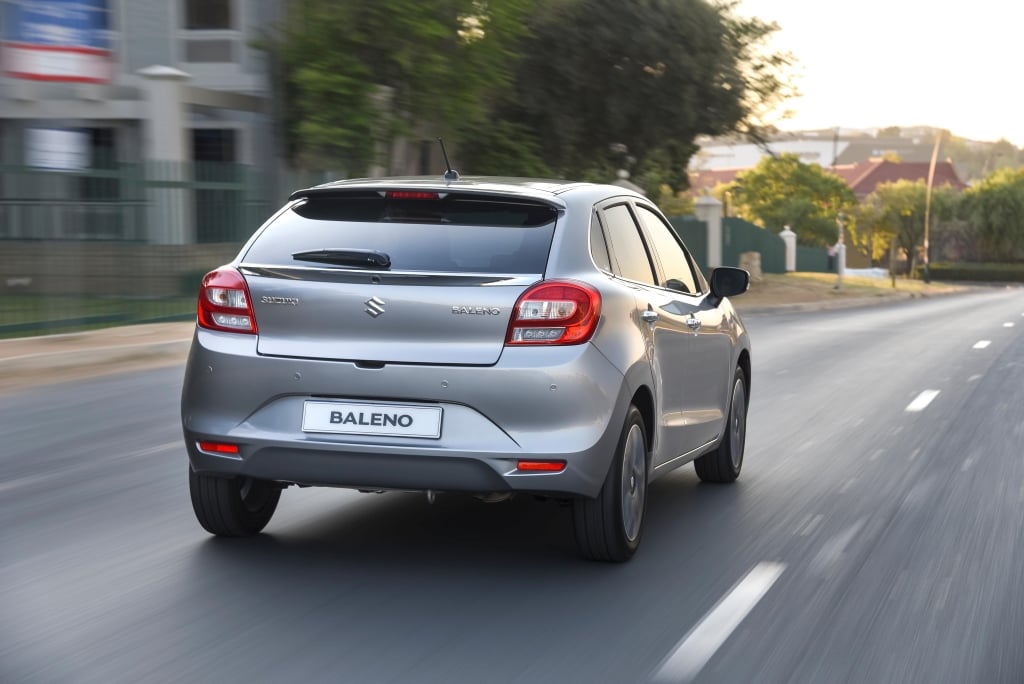
First-generation Balenos (and their Starlet twins) feature a 1.4-litre engine with 68 kW and 130 Nm, which is plenty for a car with a base kerb weight of only 915 kg. The Baleno/Starlet twins are also extremely spacious and practical, with cavernous interiors and huge luggage space for cars of this size. Fuel economy is a given with all Suzukis, and the Baleno confirms this with claimed average consumption figures as low as 5.1 litres/100 km with the manual gearbox.
Related: Shop for a new or used Suzuki Baleno here, or get a new or used Toyota Starlet in these CHANGECARS listings.
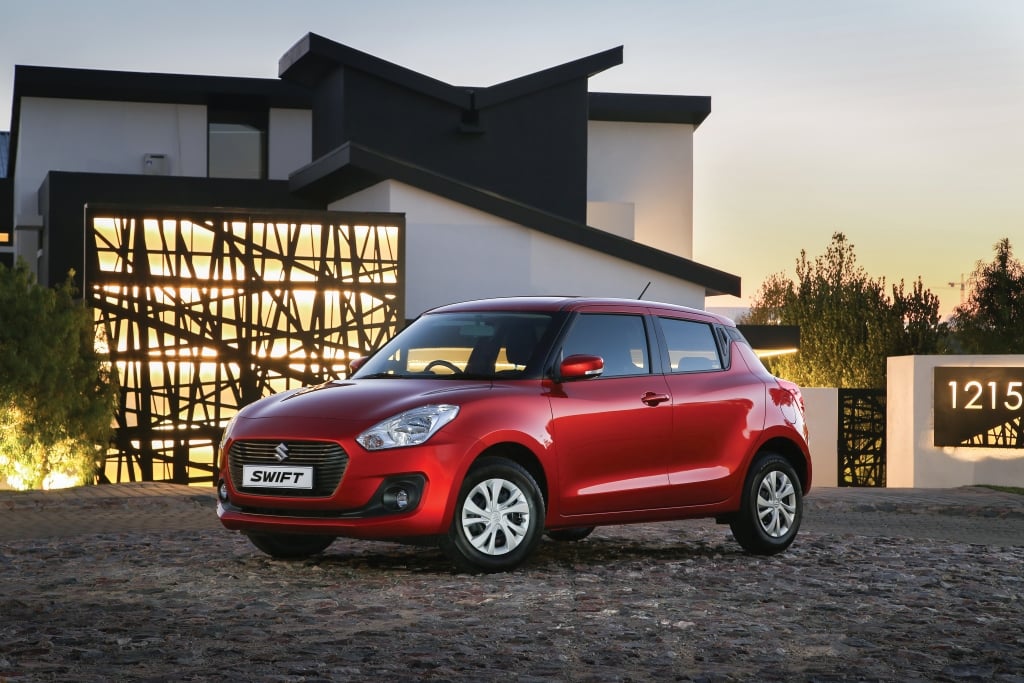
Suzuki Swift
The Swift is Suzuki’s best-selling model, and for very good reason: It’s an honest and intelligent choice in a motoring world which increasingly relies on gadgets and image to lure buyers. There are more-powerful rivals out there and some alternatives provide more style, but the balance of the Swift’s package provide a pleasing counterpoint to its opponents’ flashy excesses.
While the 1.4-litre engine offered in the previous-generation Swift disappeared when the current model arrived in 2018, the mainstream 1.2-litre engine (61 kW/113 Nm) performs well enough in a car this light (it weighs only 875 kg in base trim). More importantly, fuel efficiency is exemplary, with a claimed average consumption of only 4.9 litres/100 km - and, being a Suzuki, this figure can actually be achieved in the real world as well.
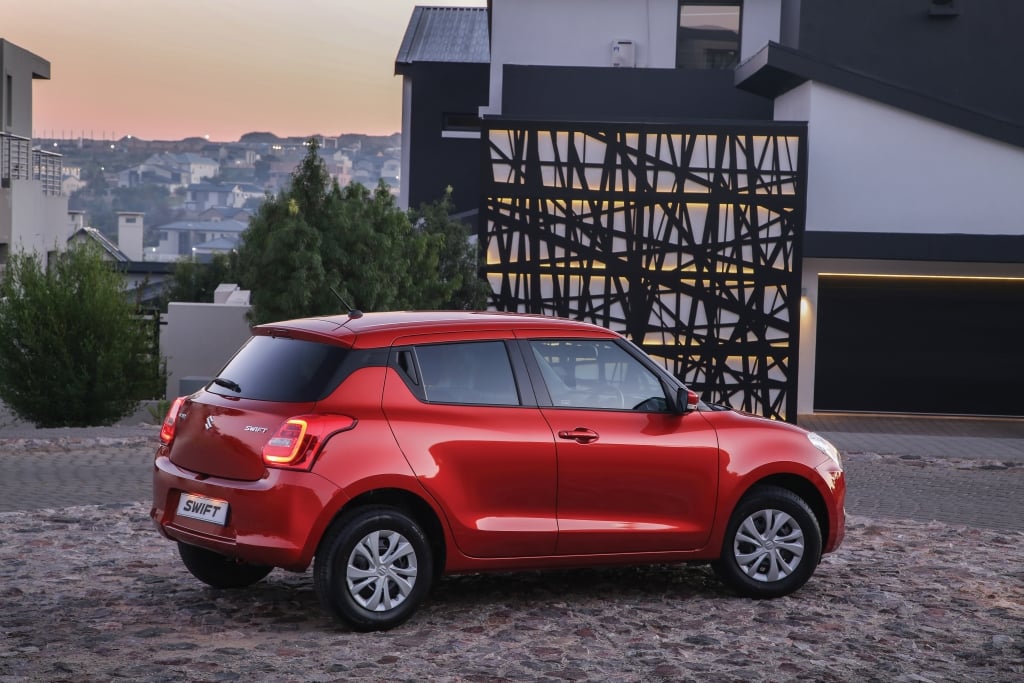
Practicality is a particular strong suit, thanks to a cabin that’s much more spacious than its compact dimensions would have you believe, and its luggage compartment can swallow a reasonable 268 litres with all seats in use. The Suzuki Swift GL trim level, as featured in this MotorMatters review, strikes a great balance between convenience features and affordability, and can be yours for around R 170 000 with 40 000 km on the clock.
Related: Get a new or used Suzuki Swift from this great variety on CHANGECARS!
Martin Pretorius
- Proudly CHANGECARS












